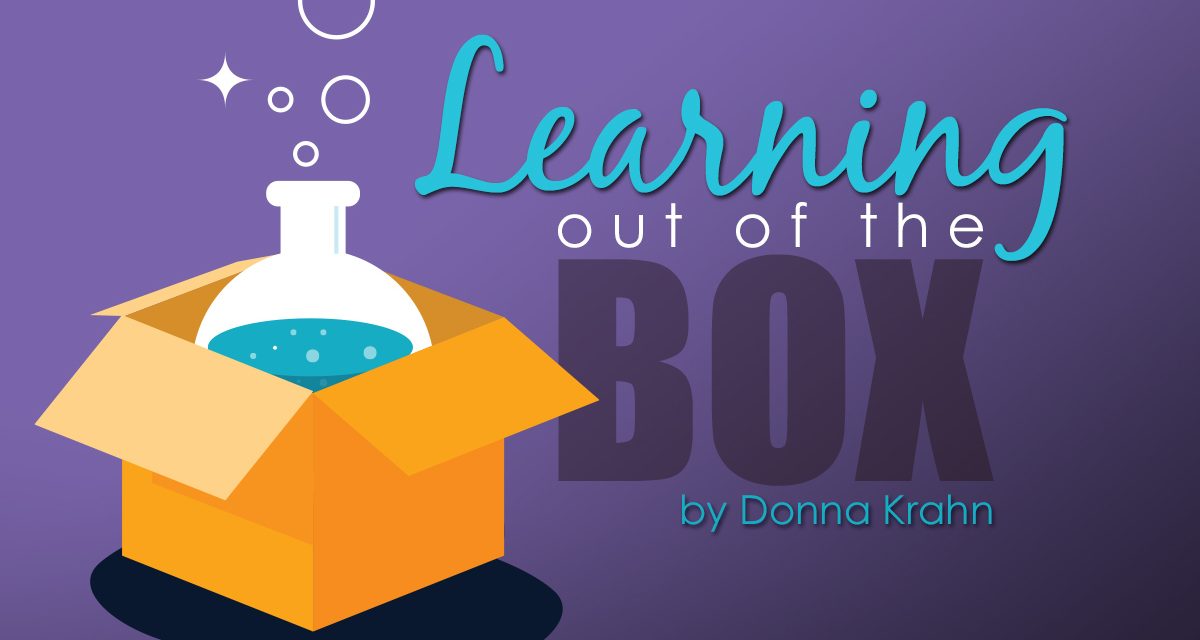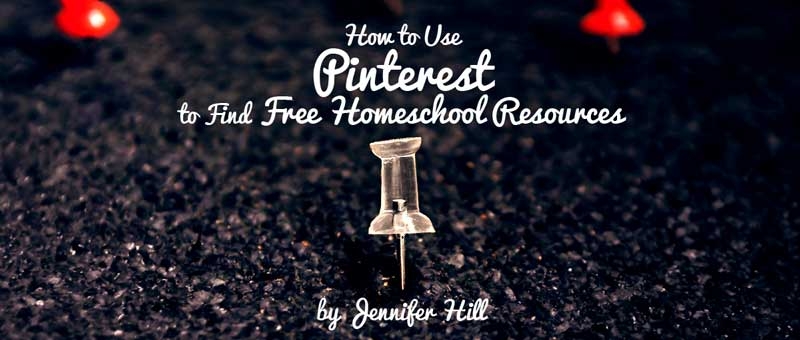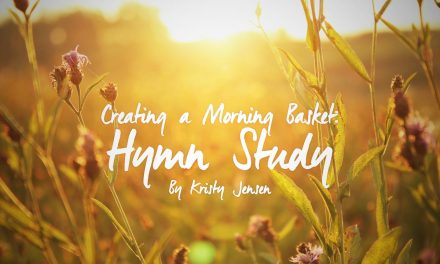We like to encourage folks to be bold and think outside the box. Sometimes thinking outside the box may just mean doing something different. For some parents, it can be a giant leap of faith to break away from regular curriculum to do something different.
Hands-on activities are great reinforcements to the concepts you’re learning. The Big Box series aids in phonics and reading with hands-on puzzle activities. The Big Box of Alphabet Knowledge will help your child learn letters and their sounds by putting together puzzle pieces. Children will see and learn several different things that begin with each letter. Many times a child will learn to associate one thing to a letter. This hands-on opportunity will help them make several associations. Plus, you get the added bonus of honing eye-hand coordination and spatial reasoning. Try Sight Word Readers Box Set for 25 little easy reading storybooks to learn 50 sight words. Your littles will enjoy the colorful illustrations and mini workbook with fun activities. Another Big Box series—Big Box of Sentence Building—will give your child practice building proper sentences with the puzzle cards. Pieces are color-coded into groups: punctuation, verbs, nouns, articles, adjectives, adverbs, conjunctions, prepositions, and personal pronouns, so they’re great for working on grammar. Each set comes with a set of suggestions for how to use the puzzle cards, but I’m sure you creative moms and dads will come up with more ideas.
Doing arts & crafts is typically a fun, interactive way to teach and learn almost anything. Sometimes gathering supplies takes time that many don’t have in their schedules. The Art Start Kit is a craft store in a box! This kit holds enough materials to keep your children supplied for a long time. You can also use some of the contents as math manipulatives!
The Ultimate Craft Box and Ultimate Art Box is filled with quality art supplies (watercolors, colored pencils, felt tip markers, drawing pencils, oil pastels & more) or crafting supplies (crayons, glitter glue, craft sticks, acrylic paints, wiggle eyes & more), all tucked away in an art box with a removable storage tray.
If you want to go the painting route, the Beginning Painting Box and Bob Ross for Kids Happy Lessons in a Box contain the supplies you need to get started. Each set includes paints, tools, paper or canvas and instructions to help build artistic confidence in each painting medium. Use art to enhance your other subjects – paint settings from the stories you’re reading, portraits of authors, scientists, or other people who have made history. Pair art with your curriculum for an out-of-the-box experience.
Math manipulatives are a real plus when there is a need to practice and learn math facts. Practice addition/subtraction and multiplication with these boxes of brightly colored wooden tiles. The tiles are color-coded with a number sentence on the front and the answer on the reverse. The Addition and Subtraction Tiles and Times Table Tiles include facts through nine. Each set of tiles comes in a handy wooden box for storage. Children will be able to practice on their own or you can add these to your math lessons.
For practice with number combinations and manipulation take a turn at the Shut the Box Game. This game comes in two formats, but play is the same for both. The first has just one row of numbered tiles to be flipped as you find a combination. The second is a 4-player version with four rows of number tiles in a square. The goal for both is the same – roll the dice, flip tiles that make up that number (roll a 9, flip over 8 and 1, etc.), roll until you can’t flip any more tiles. Then your turn is over. The person with the lowest score wins. Math skills and thinking skills are all wrapped up in one box. This is an oldie but goodie – believed to be around since the 12th century in France.
There is no shortage of things that come in boxes in the science arena. There are a plethora of kits that you may or may not be aware of – Magic School Bus, Young Scientist, Clifford (for young learners), Dr. Cool, Thames & Kosmos, and the list goes on and on. Pick a topic and spend time working through and exploring it thoroughly.
Other Things to Do:
Of course, you don’t have to buy a box to find something to do. You can create your own learning boxes – sensory bins. Sensory bins allow you to put into a container, or box, things with a theme. I (Donna) had these for my children when they were young and when I taught preschool. It wasn’t uncommon to have a dishpan or tub filled with sand, packing peanuts, shaving cream, water, etc., and have small things hiding in them. Children can spend hours playing in sensory bins. This activity helps children find and discover, and the different textures are an additional experience.
If you have a sandbox or dirt pile in your yard where your children play, you have a ready-made sensory bin. You can have them discover different types of rocks, fossils, shells, toys. Etc. The sky is the limit for what you might do with a sensory bin.
Another option we don’t want to overlook at this time of year is gardening. Plant a garden with your child. This can be a regular garden or container gardening. Give your child the task of planting (with your guidance), watering, and caring for their plants. They’ll be so excited when their plants produce flowers or fruits that they can eat. If you need ideas for gardening with children, you might like Gardening Lab or Square Foot Gardening. These books include colorful, step-by-step instructions for projects with children.
Let us leave you with this thought:
Be bold, be brave, confront your fear.
Chase gloom away; be of good cheer.
Knowledge inspire – the Boredom outfox.
Pull out some fun; learn out of a BOX.
–Poem by: Ruth Tennis
*For more information on sensory bins, read Rainbow consultant Ruth’s article Sensory Bins Step by Step, or you can watch her video titled, Sensory Bins.





